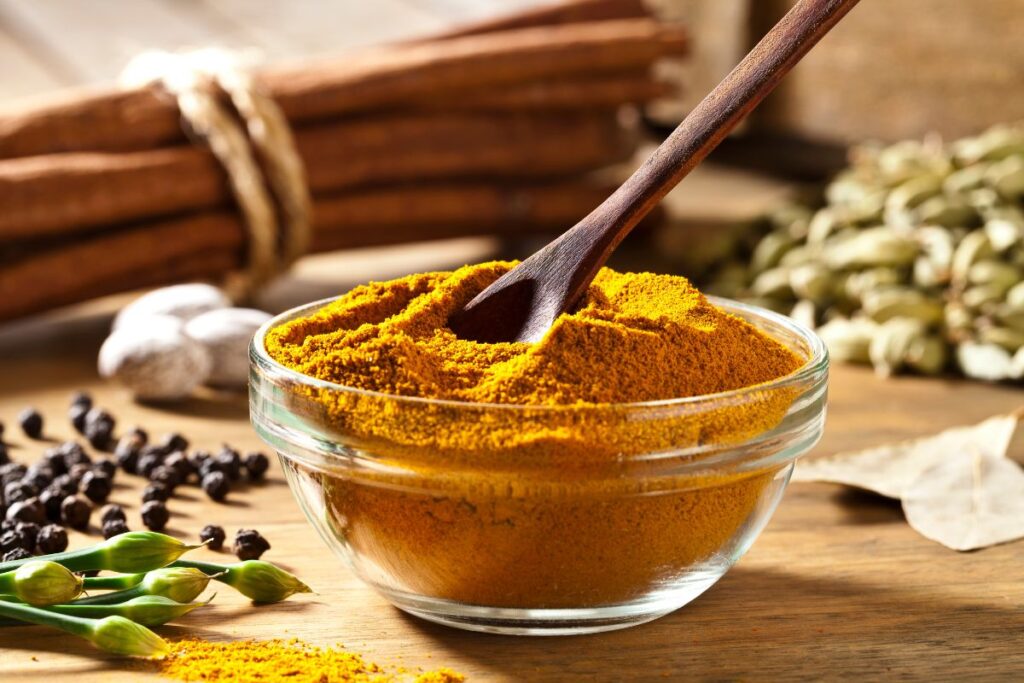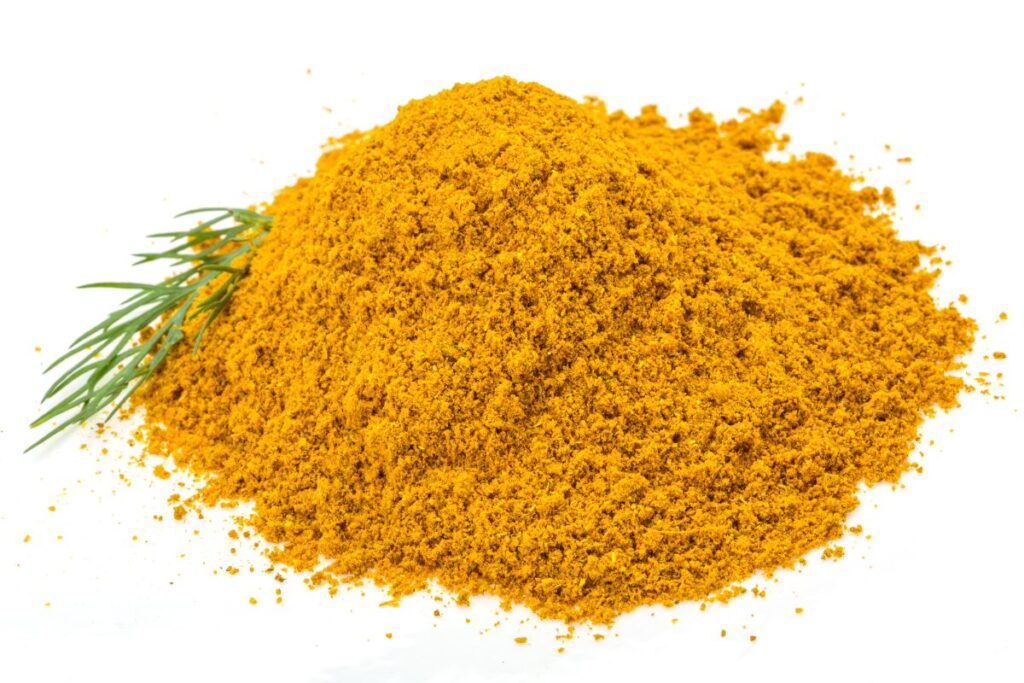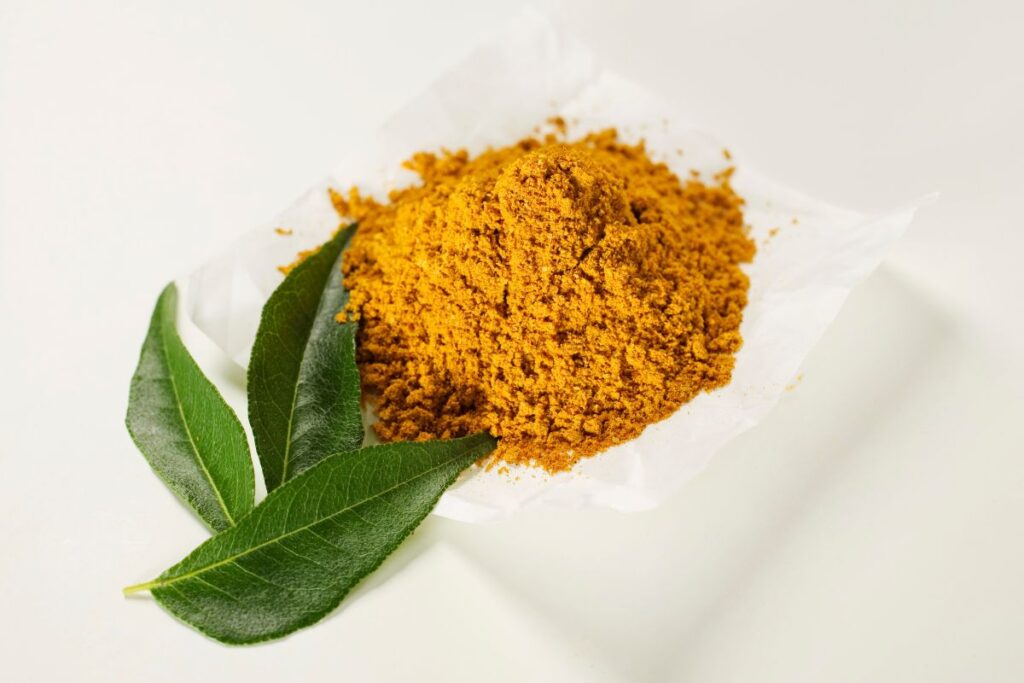Curry, a spice blend that has captivated taste buds around the world, has found a place of honor in Japanese cuisine. But what makes Japanese curry powder so unique? Its alluring flavors have traversed borders, enticing palates far beyond its supposed homeland.
In this article, we delve into the origins, ingredients, and culinary uses of Japanese curry, uncovering a story of adaptation, innovation, and global influence. Get ready to embark on a flavorful journey that will leave you craving more of this enigmatic spice blend.
The Origins of Japanese Curry Powder
Tracing the journey of Japanese curry reveals its transformation from a British-influenced dish to a beloved staple in Japan’s culinary landscape. You’ll find that it’s not merely about the blend of spices but a tale of adaptation and mastery.
Initially introduced by the British during the Meiji era, the curry was a way to incorporate Western tastes into the Japanese diet. But you didn’t just adopt it; you made it uniquely yours.
By tweaking the recipe to suit local preferences, a thicker, sweeter version was born, distinct from its Indian counterpart. You’ve replaced the traditional Indian spices with a milder, more umami-rich mix, suitable for a wider audience, including children.
The curry roux blocks, a Japanese innovation, further simplified the cooking process, ensuring anyone could whip up a curry dish with ease.
This transformation wasn’t accidental. It was a result of your desire for control over your culinary identity, blending foreign influences with local tastes to create something that resonates with the Japanese soul.
Today, Japanese curry stands as a testament to your ability to adapt, innovate, and curate a dish that speaks volumes of your journey and determination.


Ingredients and Flavor Profile
Diving into the ingredients and flavor profile of Japanese curry powder, you’ll discover a unique blend that sets it apart from other curries around the world.
Central to its composition are spices like turmeric, coriander, and cumin, but what really distinguishes it are the additions of sweeter components like cardamom, cinnamon, and nutmeg.
This combination offers a less fiery taste compared to its South Asian counterparts, presenting a rich, mildly spicy, and subtly sweet flavor that’s unmistakably Japanese.
To take control and tailor this curry to your liking, consider the balance of spices. You have the liberty to adjust the sweetness or the heat.
Adding more cinnamon or nutmeg can enhance the sweetness, while an increase in ground chili peppers will dial up the spice level. This adaptability makes Japanese curry a versatile dish that can cater to a wide range of palates.
In essence, the flavor profile of Japanese curry is a testament to the country’s ability to adapt and refine foreign dishes into something uniquely its own.
By understanding and experimenting with the ingredients, you’re not just following a recipe; you’re engaging in a culinary tradition that values adaptation and personalization.
Culinary Uses and Recipes
Understanding the unique blend of spices in Japanese curry opens up a world of culinary possibilities, from traditional dishes to innovative creations. You’ve got the power to transform simple ingredients into exquisite meals.
Start with a classic Japanese curry rice; it’s straightforward and allows the curry’s complexity to shine. You’ll need chicken or beef, onions, carrots, potatoes, and your curry powder.
Brown your meat, sauté the vegetables, then add water and simmer. Stir in the curry powder until it’s completely dissolved. Serve it over steamed rice for a comforting meal.
Don’t stop there. Japanese curry is versatile. Try incorporating it into a hearty stew or even a fusion pasta dish. Imagine a curry-flavored mac and cheese or a spicy curry soup. The key is to experiment and adjust the amount of curry powder to suit your taste.
Regional Variations of Japanese Curry Powder
Across Japan, you’ll find that curry powder’s flavor profile varies significantly from region to region, offering a unique taste journey. This diversity means you can tailor your culinary experiences to match your palate’s preferences, giving you control over the flavors you introduce to your dishes.
In the north, Hokkaido’s curry powders often incorporate local seafood, creating a blend that’s both rich and nuanced. You’ll detect notes of smoked fish and seaweed, elements that elevate traditional recipes to new heights.
It’s a perfect choice if you’re aiming to impress with depth and complexity.
Moving to the central region, Kansai’s curry powders are milder, focusing on harmony and balance. They blend sweet and spicy elements delicately, making them ideal for those who prefer a gentler heat.
This subtlety allows the main ingredients of your dishes to shine, putting you in command of the flavor profile.
Kyushu, in the south, offers curry powders with a kick. Infused with local chilies, these blends are bold and vibrant, perfect for those who crave intensity. They’ll add a fiery dimension to your cooking, letting you dial up the heat as you see fit.


Global Influence and Popularity
Building on the regional diversity of Japanese curry powders, it’s fascinating to see how their unique flavors have captured the hearts of food enthusiasts worldwide.
You’ve likely noticed the increasing presence of Japanese curry in restaurants and supermarkets far beyond Japan’s shores. This isn’t by chance. It’s a testament to the versatility and appeal of these spice blends, which you can harness to elevate your culinary creations.
You’re in control here. By incorporating Japanese curry powder into your dishes, you’re not just adding a layer of flavor; you’re weaving in a tapestry of cultural history and innovation.
This global popularity has spurred a culinary dialogue, blending traditional Japanese tastes with local ingredients and preferences around the world. You’re part of this conversation every time you choose to explore and experiment with these flavors in your kitchen.
Conclusion
You’ve journeyed through the rich history of Japanese curry, discovered its complex flavor profile, and explored its versatility in recipes. From the heart of Japan to kitchens worldwide, this culinary gem has adapted, showcasing regional variations that celebrate its global appeal.
As you’ve seen, Japanese curry’s influence stretches far beyond its origins, becoming a beloved dish around the globe.
However, not everyone may share the same enthusiasm for Japanese curry. Some may argue that its flavor is too mild compared to other curry varieties.
What do you think? Do you agree or disagree with this contrarian point of view? Leave a comment below and let’s start a conversation about the unique flavors and diverse opinions surrounding Japanese curry.
So go ahead, experiment with it in your cooking, and let its unique flavors inspire your culinary adventures.




Konnichiwa! (Hello!) I'm Pat Tokuyama, a Japanese tofu cookbook author, who travels for music, food, and adventure. If you like Japanese tea, checkout some of the newestorganic japanese tea, matcha bowls and noren and more!
** Curious about the Plant Based Japanese Cooking Club? ** Learn more here!